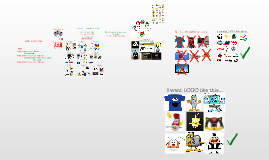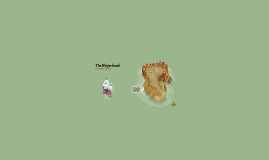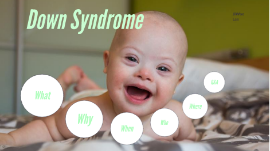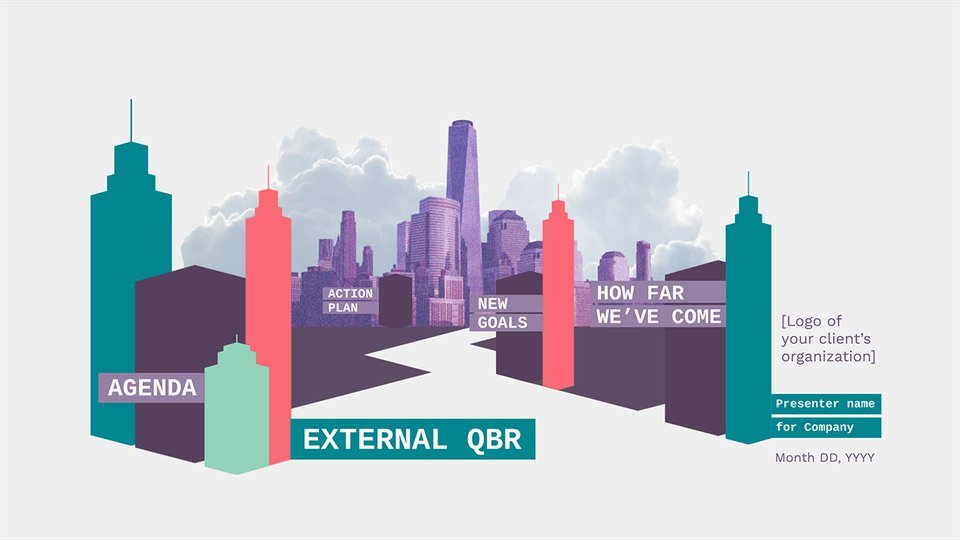Design your own soap
Transcript: Megan Wyatt The intro will explain their meeting and their gifts whereas the show will show them in future as they are roughly 18-22. They work together with their gifts to help other people, this will be similar to ghost whisperer, charmed and physic detectives. The Gifted Visual style Narrative style Main competitors Wyatt is 20 he is a healer. He has blonde hair & green eyes. Wyatt can be timid at times and is rather geeky. He is usually the brain of the group and is quick to come up with ideas under pressure. Wyatt is currently in university training in computer engineering. His gift allows him to heal those who have a good heart but he is unable to heal those without. Wyatt's dress sense is simple but smart. Target audience It will be similar to charmed and ghost whisperer combined. Target audience would be between 16-35, leaning more towards female viewers as apposed to males. Working class. People who believe in witch-craft, spirituality, ghosts, magic. Viewers of similar shows. The narrative would be mainly in real-time with flashes forward and back. Soap hybrid? The location would be in West London as this is not a very common place to be used for these kinds of shows. The most of the episodes would be in different parts of London depending on where they were traveling in order to help those who are in need. Pheobe is 18 years old and she has the ability of an empath. She is brunette with brown eyes. She has a very bubbly personality and is usually the one to keep the peace when things go wrong. She works as a journalist intern. She is the youngest of the 4. Being the youngest her abilities still have some room to grow so she spends a good amount of her time studying on how to further her gift. She later on masters the power of telekinesis. Being an 18 year old pheobe likes to dress up in the latest fashions and enjoys to dress rather provocative. Patience is 22 and is a medium. She has dark brown curly hair and hazel eyes. She is the oldest of the group. She is a very head-strong woman and loves to read. She is a teaching assistant in a school for special needs children and takes part in charity work. Patience can see hear and communicate with the dead, her main aim to help spirits cross over to the other side. Without Patience, the fellow 3 would be practically unable to do what they do, she is a key aspect into making their help work. Patience dresses very casual, usually seen in jeans and a top. The show will be a sci-fi, supernatural, fantasy, drama, mystery, action, soap. This is because there are spirits, ' powers ', fighting, death, real live events. Length and slot Stock characters Location 4 young people, 3 girls & one boy. They all grew up together in a foster home. Each one of them have their own ability. One physic, one medium, one empath and one healer. Whilst growing up together they became close friends, they all learnt about each others gifts. Pheobe Patience Megan is 21 and has the ability of a physic. Megan has ginger hair and brown eyes. She has a very fierce strong personality and is usually the leader of the group. The idea to use their abilities to help others was Megan's idea. Apart from helping people on a daily basis, she is training to become a veterinarian. Megan is able to see both future and past events, her visions are unfortunately not at her command through the start but she learns to harness her ability more and can control when she has her visions. When it comes to dress sense, Megan dresses like a hippie. Each episode would be 30 minute long. It would be shown on Channel 4. This is due to the fact that it is very similar to Charmed and ghost whisperer which were also shown on channel 4. The time slot would be 9 or 9:30 on a Wednesday this is because it must be shown after the water shed as it would show violent scenes and scenes of sexual nature. The show would follow them in their day to day lives, their happiness, their sorrows, their achievements and their struggles. New people to help and abilities their grow stronger.

















